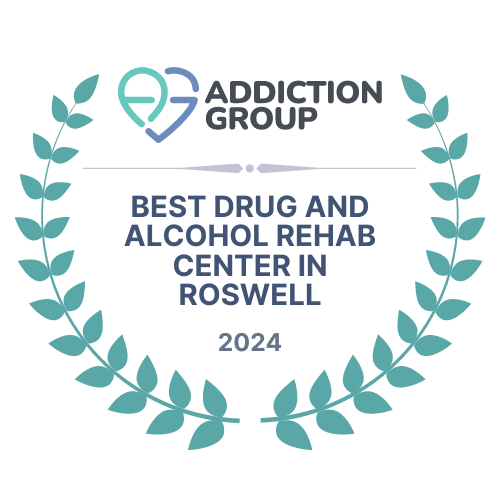Suboxone has been heralded as a game-changer in the realm of opioid addiction treatment. As with any medication, however, it’s crucial to understand both its benefits and potential risks. This in-depth guide aims to provide insights into the safety profile of Suboxone and its associated side effects, empowering you to make informed decisions about your health and recovery.
Suboxone: A Brief Recap
Before delving into the safety specifics, let’s briefly revisit what Suboxone is. It’s a combination of two active ingredients:
- Buprenorphine: A partial opioid agonist that helps reduce cravings and withdrawal symptoms without producing a high.
- Naloxone: An opioid antagonist that acts as a safeguard against potential misuse, inducing withdrawal symptoms if the drug is misused.
The Safety Profile of Suboxone
Suboxone, due to its unique formulation, presents several advantages in terms of safety when compared to other opioids. Here’s a deeper look into how Suboxone measures up against traditional opioids:
Reduced Risk of Overdose: One of the primary dangers of opioids is the risk of overdose, especially when taken in large amounts. Suboxone, due to its combination of buprenorphine (a partial opioid agonist) and naloxone, significantly reduces this risk. Buprenorphine’s ceiling effect means that after a certain point, taking more doesn’t increase its effects, minimizing the overdose risk. Furthermore, the presence of naloxone discourages misuse, as attempting to inject or snort the drug can lead to immediate withdrawal symptoms.
Lower Potential for Dependency: While all opioids carry a risk of dependence, Suboxone is formulated to be less addictive than full opioid agonists like heroin or morphine. This is primarily because buprenorphine doesn’t produce the euphoric highs associated with traditional opioids.
Controlled Withdrawal: Withdrawal from opioids can be a harrowing experience. Suboxone offers a more controlled and milder withdrawal process compared to other opioids. Its longer half-life means that it remains in the system for an extended period, resulting in slower, more manageable tapering.
Deterrent Against Misuse: The inclusion of naloxone in Suboxone acts as a potent deterrent against misuse. If someone attempts to misuse Suboxone for a high, the naloxone component triggers immediate withdrawal symptoms. This feature is absent in most traditional opioids, which often have a high potential for misuse.
Reduced Respiratory Depression: A significant concern with opioids is respiratory depression, which can be fatal. While buprenorphine, the primary component of Suboxone, can still cause this effect, its risk is considerably lower than that of full agonist opioids. Moreover, when used as prescribed and without the combination of other depressants, this risk is minimal.
Common Side Effects
As with all medications, Suboxone can cause side effects. Some common ones include:
Gastrointestinal Issues: This can range from constipation and nausea to vomiting.
Headaches: Some patients report mild to moderate headaches.
Sleep Disturbances: This includes both insomnia and drowsiness.
Sweating: Increased perspiration can be a side effect, especially during initial use.
Mood Changes: This might include feelings of depression, anxiety, or irritability.
Less Common, But Serious Side Effects
While rarer, there are some serious side effects to be aware of:
Allergic Reactions: Symptoms might include a rash, itching, swelling, severe dizziness, and difficulty breathing.
Respiratory Depression: This is characterized by shallow breathing, difficulty waking up, and bluish skin or lips.
Hormonal Changes: Buprenorphine can cause drops in cortisol or testosterone levels, leading to fatigue, loss of appetite, or libido changes.
Misuse and Overdose: Though naloxone discourages misuse, it’s not foolproof. Overdose symptoms include extreme drowsiness, slow breathing, and pinpoint pupils.
Tips for Safe Use
To maximize Suboxone’s benefits and minimize potential risks:
- Always Use as Prescribed: Never alter your dose without consulting your doctor.
- Open Communication: Inform your doctor about all medications and supplements you’re taking to avoid harmful interactions.
- Avoid Alcohol and Depressants: These can amplify the risk of respiratory depression.
- Regular Check-ins: Schedule routine visits with your healthcare provider to monitor your progress and address any concerns.
Conclusion
Suboxone is a transformative tool in the battle against opioid addiction, but like all treatments, it comes with potential risks. Being aware of these risks, understanding the side effects, and committing to safe, informed use can help ensure a smoother, more effective recovery journey. Always partner with a healthcare professional and prioritize open communication to navigate the path of treatment with confidence and care.
Renew Health is one of the leading opioid addiction recovery clinics in Albuquerque, New Mexico and our expert staff is ready to help you discover the path to a renewed life.








